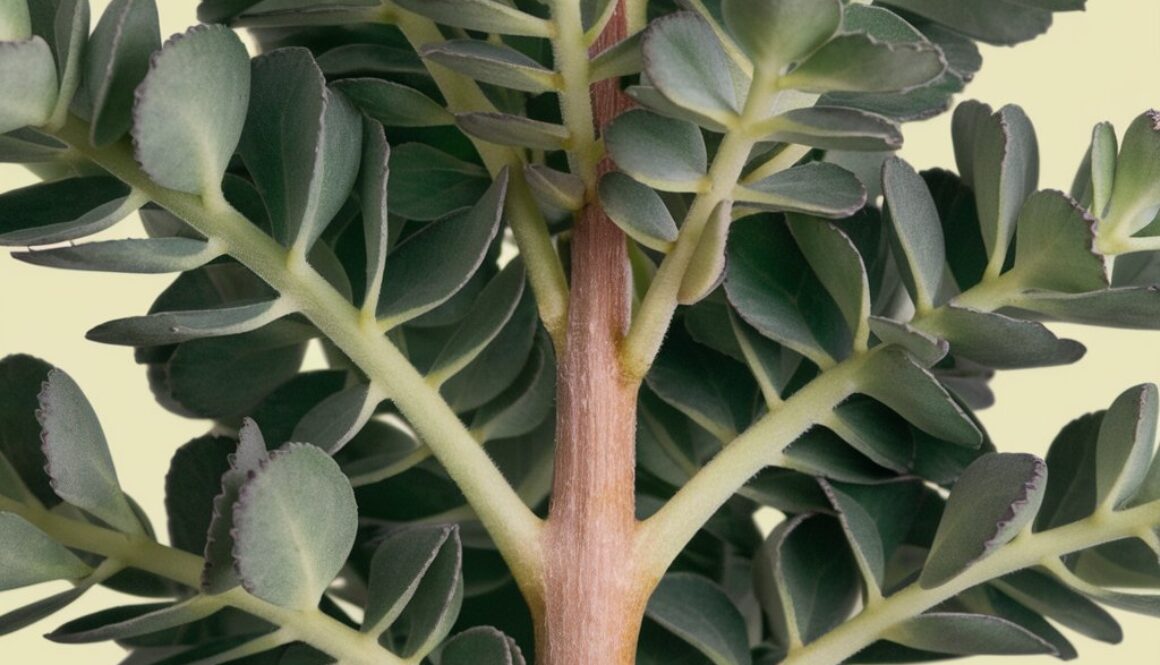Gymnema
Gymnema, scientifically known as Gymnema sylvestre, is a woody climbing shrub native to the tropical forests of India, Africa, and Australia. Commonly referred to as “Gurmar” or “sugar destroyer,” Gymnema has been used for centuries in Ayurvedic medicine for its remarkable ability to regulate blood sugar levels and support overall health.
Part Used: The leaves of the Gymnema plant are the primary part used for medicinal purposes. These leaves contain gymnemic acids, which are active compounds known for their ability to suppress the taste of sweetness and help manage blood sugar levels.
Usage: Gymnema is widely used in traditional and modern herbal medicine to treat diabetes and support metabolic health. The leaves are consumed in various forms, including powders, capsules, and teas. Gymnema is believed to stimulate insulin production, enhance glucose uptake, and reduce sugar absorption in the intestines. Additionally, it is used to aid weight loss, manage cholesterol levels, and improve digestion. The herb’s ability to curb sugar cravings makes it a popular natural remedy for those looking to reduce sugar intake.
Agrotechniques: Cultivating Gymnema requires a warm, tropical climate with well-drained, fertile soil. The plant thrives in areas with moderate rainfall and can grow in both sun and partial shade. Propagation is typically done through seeds or cuttings, with seeds sown in well-prepared beds during the rainy season to ensure adequate moisture for germination. Gymnema plants require regular watering, especially during dry periods, and benefit from the addition of organic compost or manure to enhance soil fertility. Training the vines on supports such as trellises can help manage growth and facilitate harvesting. Leaves can be harvested once the plant is well-established, usually in the second year of growth, and are best collected during the growing season for optimal potency.

